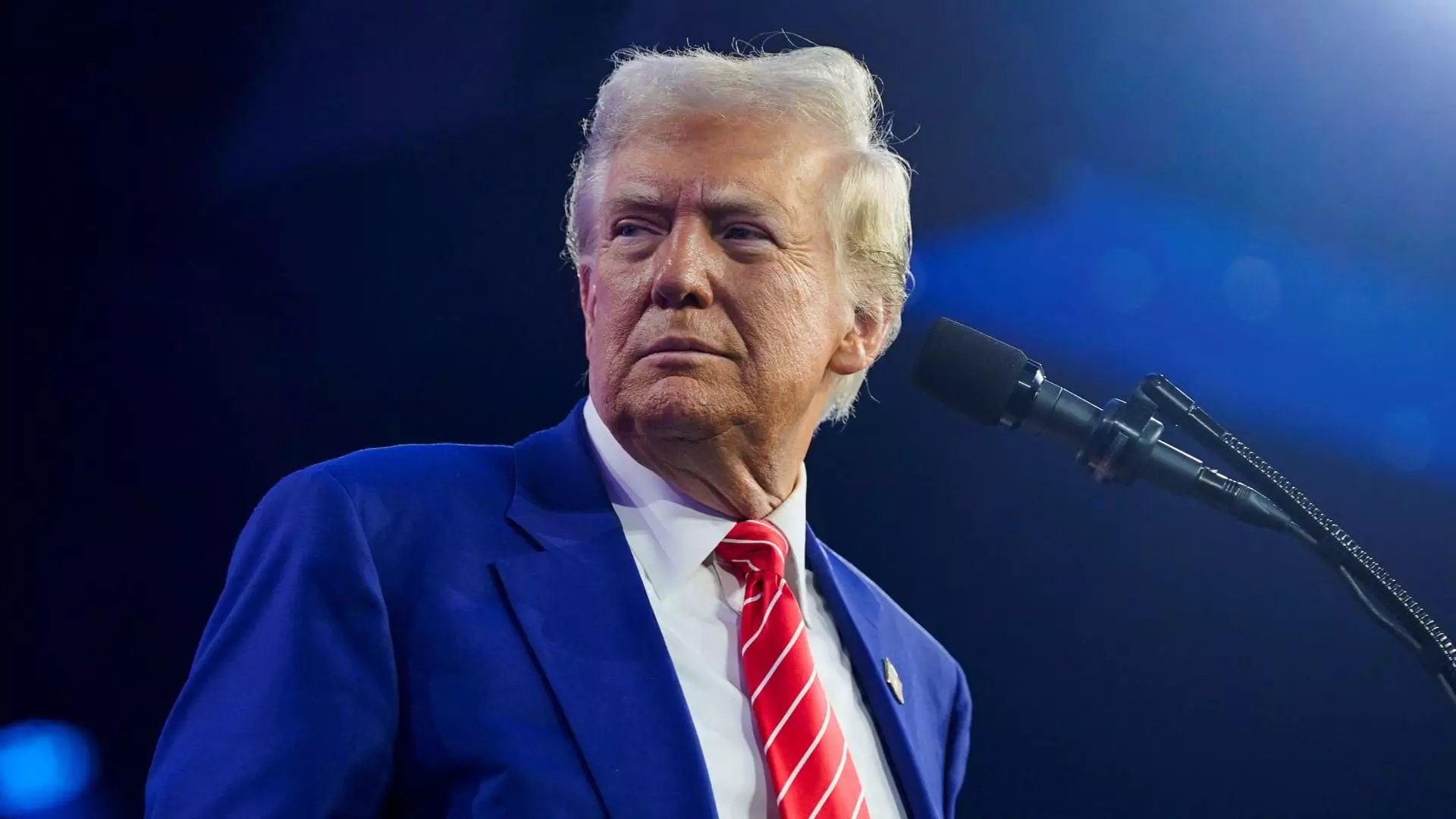The intersection of technology and politics is becoming increasingly pronounced, especially in the wake of Donald Trump’s re-election as President of the United States. As the President-elect assembles his administration, a notable emphasis on Silicon Valley’s leading minds symbolizes a fundamental shift in governance strategies. This trend not only highlights the critical role that tech leaders will play in shaping national policy but also raises questions about the implications of a tech-centric administration on governance, regulation, and societal norms.
In his recent announcements, Trump has appointed influential figures from the technology sector to key governmental roles. For instance, Scott Kupor, the managing partner at Andreessen Horowitz, is poised to become the director of the Office of Personnel Management (OPM). This position is crucial as it oversees recruitment strategies and resource allocation for government employees. Kupor’s involvement suggests a shift towards a more merit-based and efficient government recruitment process, which could reshape the landscape of public service.
Moreover, Trump’s nomination of Sriram Krishnan as senior policy advisor for artificial intelligence within the White House Office of Science and Technology Policy signals a burgeoning commitment to harnessing technology in governance. With an extensive background at renowned companies like Microsoft and Twitter, Krishnan is well-equipped to guide policies that promote innovation while addressing potential ethical concerns associated with AI.
A notable aspect of Trump’s administration is the appointment of advisors closely associated with tech billionaire Elon Musk. Musk, who has made headlines for his ambitious projects through Tesla and SpaceX, not to mention his controversial ownership of the social media platform X, is set to wield considerable influence in shaping U.S. policy on technology and efficiency. This burgeoning alliance between Musk and Trump presents a dual-edged sword; on one hand, it promises to enhance technological innovation, while on the other, it casts a shadow over regulatory oversight, especially in sectors where Musk’s companies operate.
Krishnan will likely collaborate with David Sacks, another tech executive and long-time ally of Musk, further solidifying this tech-driven coalition within the White House. Appointing Sacks as the “czar” of cryptocurrency and AI adds another layer to this administration’s tech-centric approach and raises debates regarding the regulation of emerging technologies that could disrupt traditional economic structures.
The response from the tech community regarding Trump’s selections has been overwhelmingly positive. Industry leaders are expressing enthusiasm over these appointments, viewing them as opportunities for a symbiotic relationship between technology and governance. Former Meta executive David Marcus celebrated the choices made by Trump as “remarkable,” indicating a sense of reassurance that these appointments could foster an environment conducive to technological advancement and entrepreneurial growth.
The collaborative spirit within Silicon Valley has shifted significantly since Trump’s initial term, where tensions often marred the relationship between tech leaders and the administration. Companies that previously vocally opposed Trump now find themselves in a position of solidarity, as Amazon, Meta, and OpenAI have prominently pledged financial support for Trump’s inaugural committee. This shift illustrates a strategic pivot among tech executives recognizing the potential for influence and collaboration over political opposition.
As Trump outlines his vision for the upcoming administration, the growing presence of tech executives in key governmental roles could redefine the way the U.S. government operates. With an emphasis on innovation and efficiency, the challenges of managing technology’s rapid growth in a regulatory context remain pressing. The synthesis of technology and governance is poised to usher in a new era, fraught with both opportunities and complexities that will undoubtedly reverberate through American society. As the landscape evolves, balancing entrepreneurial zeal with regulatory responsibilities will be critical, ultimately shaping the future of the tech-driven policies under this administration.

